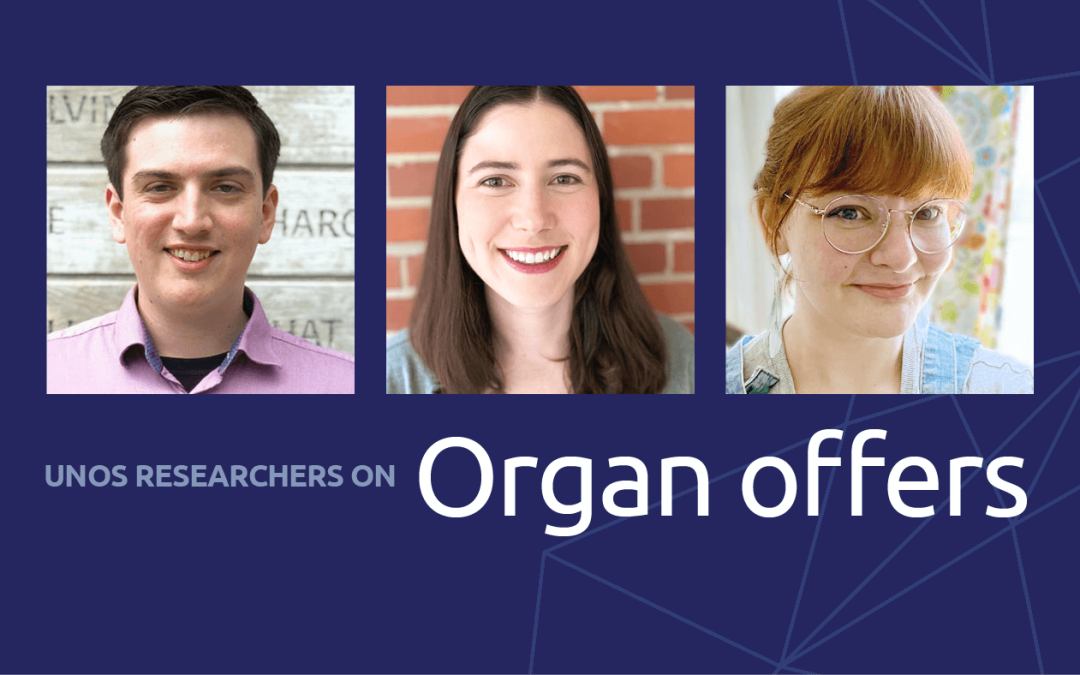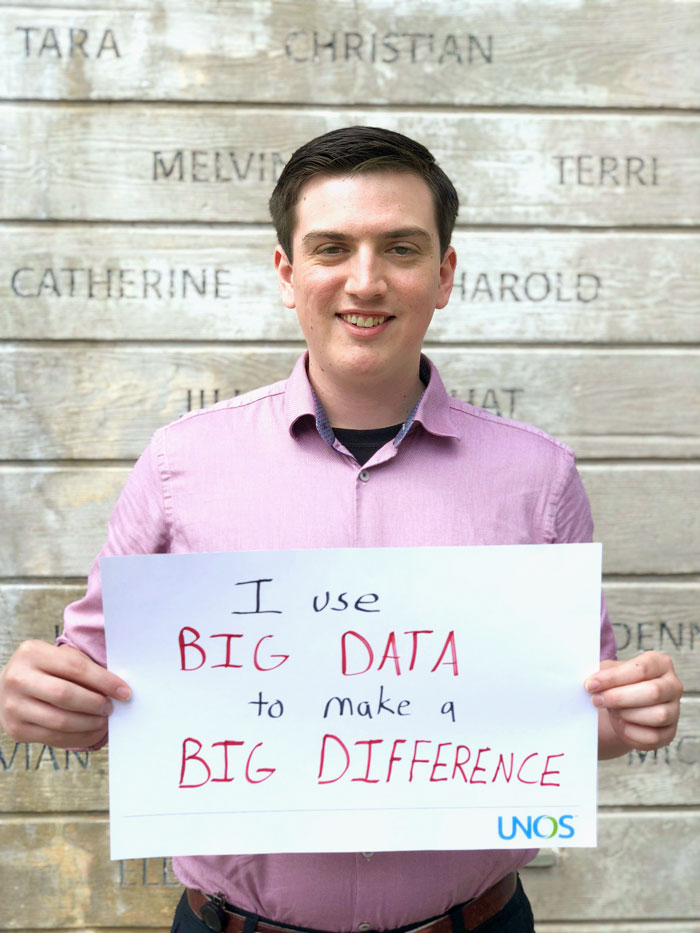Three studies examine offer acceptance practices and the impact of the Offer Filters tool
How often does a “provisional yes” result in a decline of offer?
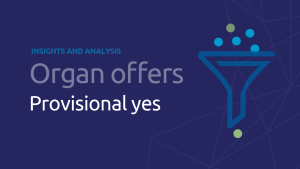
If you receive identical offers, will you make identical decisions?
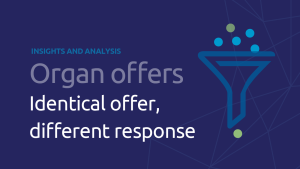
How are Offer Filters helping improve the system?
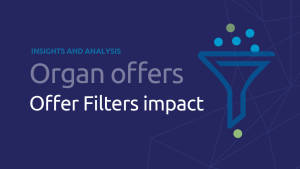

Beginning in 2017, Organ Procurement and Transplantation Network (OPTN) policies have been modified to eliminate Donor Service Area (DSA or the area served by a specific Organ Procurement Organization) from allocation policies for all organs. While monitoring reports indicate that these policy changes are achieving the goal of getting the most medically urgent patients transplanted sooner, another result is that, on average, transplant centers have experienced an increase in the number of offers received.
Two recent studies from UNOS researchers analyzed offer acceptance practices, while a third looked at the impact of the Offer Filters tool on transplant program offer volume and overall kidney non-use rates.
Provisional acceptance decline rates
This study evaluated how often a “provisional yes” – when a transplant hospital formally confirms interest in accepting an organ offer or receiving more information about the organ—ultimately results in a final “no,” or decline of the offer.
Why it matters
There are a number of reasons why a “provisional yes” may later end up as declined. In some cases, it’s a matter of information or logistics, such as a test result being received after the provisional yes is entered or the patient, recovery team, or transplant team being unavailable for the surgery. Nevertheless, as lead author and UNOS data scientist Carlos Martinez noted, “The high rate of declines suggests room for improved system efficiency.” Time spent waiting for an offer to be declined may increase ischemic time between recovery and transplant or increase the likelihood that an organ will be transplanted into a less medically urgent patient (known as an “out-of-sequence allocation”) in order to avoid non-use. These declines also may delay the recovery of other organs from the same donor, or place additional emotional burden on the donor family due to extended waiting time.
Research and results
Researchers analyzed one year of offer responses both before and after removal of Donor Service Area (DSA, or the area served by a specific Organ Procurement Organization) from allocation policies for each organ type. Both before and after removal of DSA, researchers found that decline rates ranged from 59.3 percent (for livers) to 95.7 percent (for intestines). Following removal of DSA, however, the decline rates increased for hearts, kidneys, kidney-pancreas, and livers. The most significant increase in decline rates was for livers, which increased from 59.3 to 67.6 percent.
The researchers also found that decline rates were slightly higher for all organs (except intestines) when the offer was received between 6 p.m. and 6 a.m. in the hospital’s local time or if the initial “provisional yes” was entered by a screening service contracted by the hospital for initial evaluation of offers.
“The most important thing to know about these research results is that about 70 percent of the time, when a hospital enters a provisional ‘yes’ for an organ offer, they end up declining it,” said Martinez.
Carlos Martinez, UNOS data scientist
Would you accept the same offer twice?
This study was conducted using SimUNet a proprietary, web-based kidney offer simulation platform from UNOS Labs that supports research for understanding and improving offer acceptance behaviors.
Research and results
For the project, simulated offers—drawn from anonymized OPTN offer data—were sent to 57 participating kidney surgeons and nephrologists over a two-week period (July 11-24, 2022). The participants received 10 offers each week, two of which were identical between the first and second weeks, with only donor and candidate names changed from the first to the second offers.
The researchers found that about 20% of participants changed their acceptance decision on each one of the repeated, clinically identical offers; four of the physicians changed their responses to both. There was no consistent pattern, however, from yes to no or no to yes.
Why it matters
Getting the right offer to the right patient is key to increasing transplants and decreasing organ non-use. Research on offer acceptance behaviors demonstrates the potential benefits for patients and clinicians in using kidney offer-decision support tools such as predictive analytics and Offer Filters.
Alice Toll, UNOS biostatistician
Impact of kidney Offer Filters since implementation
The Offer Filters tool, which allows transplant hospitals to automatically filter out donor organ offers they are unlikely to accept, was made available to all kidney programs in January of 2022. This research, which was recognized as a “poster of distinction” when presented at the 2023 American Transplant Congress, analyzed the impact of Offer Filters in reducing organ offers to those programs using the tool.
Research and results
The researchers examined the OPTN database for all offer responses for kidney match runs from the January 27, 2022 release of Offer Filters through April 15, 2023. Then, for each kidney program that enabled Offer Filters within that time, they calculated the proportion of offers automatically filtered by the tool.
Within the time studied, 128 kidney programs (representing 54.7% of all kidney programs) enabled at least one filter. The researchers found that for each program, on average, 48.9% of offers were filtered once Offer Filters was enabled – and a total of 11,186,620 of all offers nationwide were filtered.
Why it matters
When programs enable Offer Filters, efficiency is increased for individual hospitals, which don’t have to evaluate offers they are unlikely to accept. Enabling Offer Filters also increases efficiency for the donation and transplant system as a whole, by ensuring that offers go only to the hospitals most likely to accept them for their patients. The tool also shows hospitals data on offers that were filtered from their program but transplanted at other programs, allowing hospitals to review and adjust their own acceptance practices and filters.
Contributing author and UNOS associate data scientist Rae Shean, who presented the research at the ATC, notes that another impact of Offer Filters that is harder to quantify, but no less important, is quality of life for hospital staff. As the number of organ offers has increased systemwide, the Offer Filters tool allows programs to receive only those offers they are likely to accept, thus reducing the volume of offers they receive and evaluate.
“The feedback we have gotten from transplant coordinators and physicians is that Offers Filters has been incredibly helpful for staff, improving quality of life and staff retention,” Shean said.
With research demonstrating the value of Offer Filters, the OPTN Board adopted a policy in June 2023, that will automatically turn on offer filters in all adult kidney transplant programs with the ability for them to modify or opt-out of the offer filters.
Rae Shean, UNOS associate data scientist
In focus
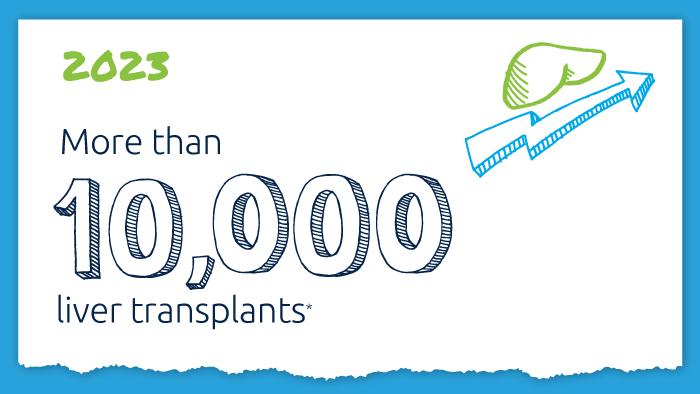
A decade of record increases in liver transplant
10,660 liver transplants, the most ever in a year.
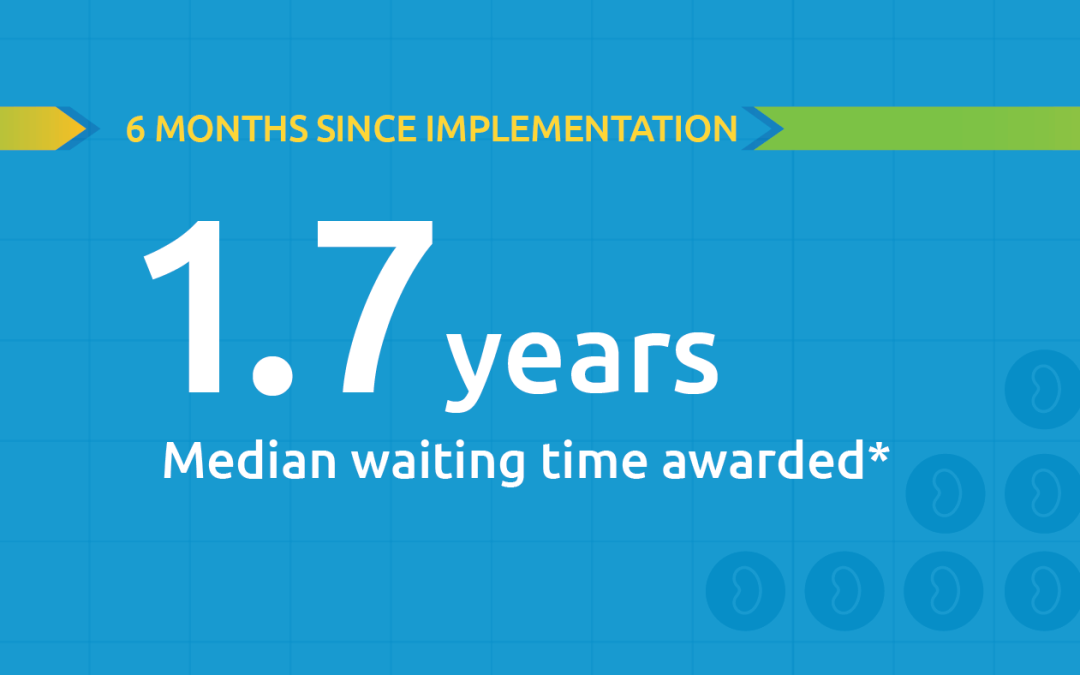
Black kidney candidates are receiving waiting time modifications, helping them get the organs they need
Latest kidney monitoring report shows two new kidney polices are working as intended
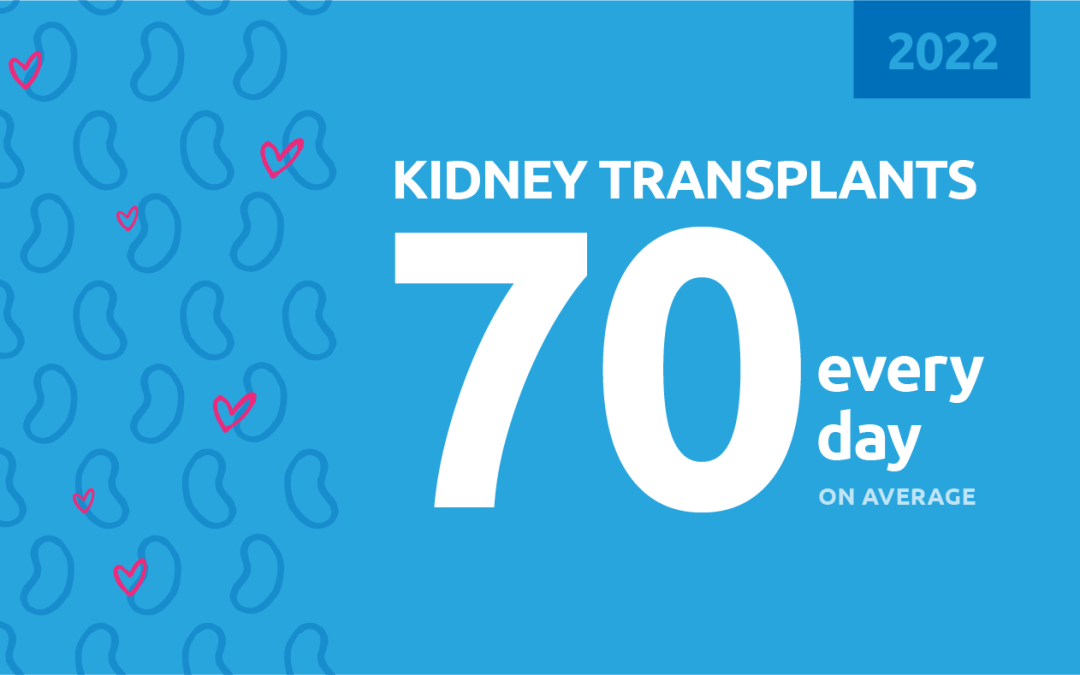
New milestone reached in kidney donation and transplant
For the first time, more than 25,000 kidney transplants were performed in a single year
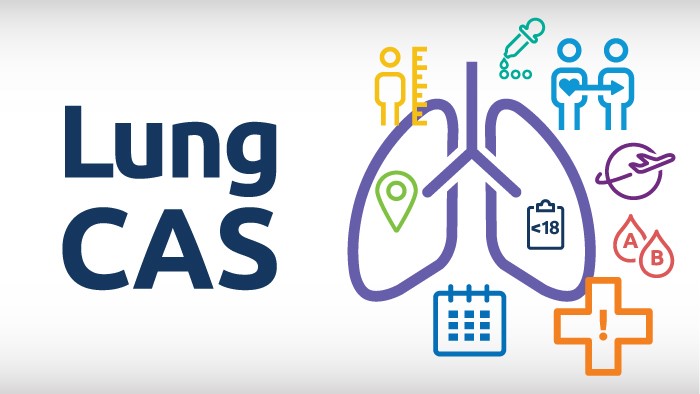
New animation for patients explains the lung Composite Allocation Score (CAS)
New patient-friendly video explains the factors that will determine lung allocation in the continuous distribution framework.

